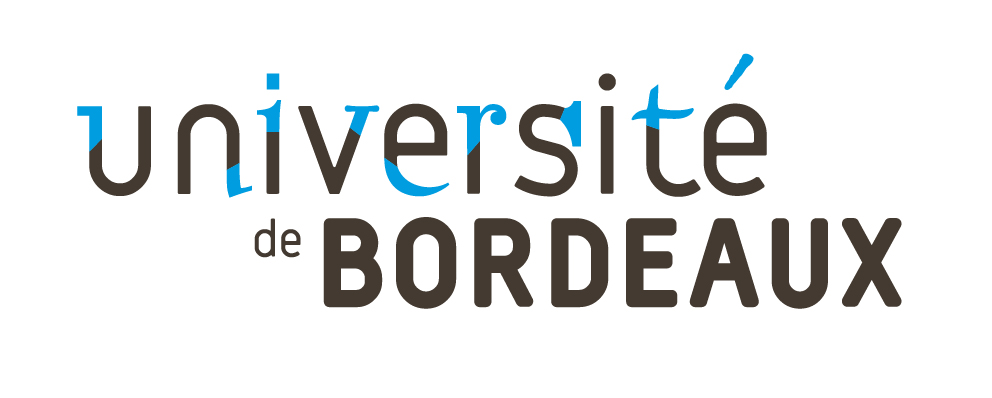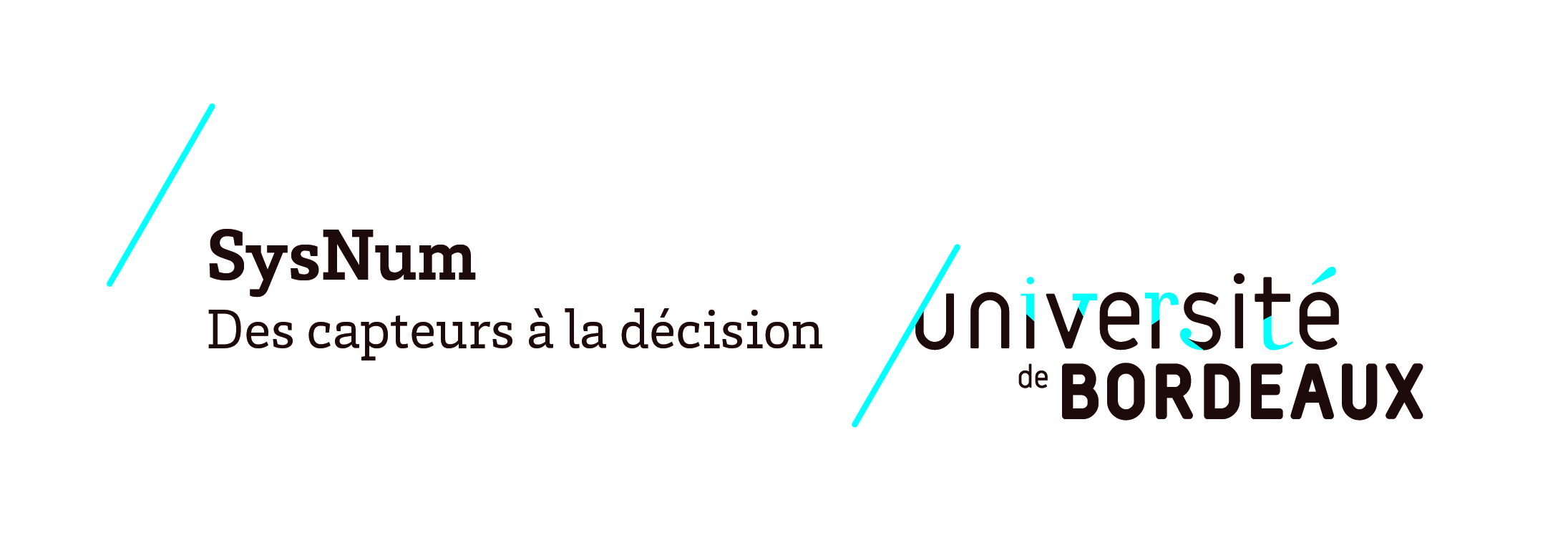Modèles et méthodes pour les équations
cinétiques
Bordeaux, 20-22 octobre 2021
 | |||
 |  |  |
 |
|
|
|||||||||
Comité d'organisationStéphane Brull Stephane.Brull@math.u-bordeaux1.fr |
| 14h00-15h00 | Isabelle Gallagher |
| 15h00-16h00 | Marc Briant |
| 16h00-16h30 | Pause café |
| 16h30-17h00 | Thomas Normand |
| 17h00-17h30 | Matthieu Pauron |
| 9h30-10h30 | Teddy Pichard |
| 10h30-11h00 | Pause café |
| 11h00-11h30 | Arthur Loison |
| 11h30-12h00 | Thomas Belloti |
| 12h00-14h00 | Repas au Régent Grill |
| 14h00-14h30 | Léopold Trémant |
| 14h30-15h00 | Josselin Massot |
| 15h00-16h00 | Denise Aregba |
| 16h00-16h30 | Pause café |
| 16h30-17h00 | Romane Hélie |
| 17h00-17h30 | Louis Reboul |
| 20h00 | Dîner au café du port |
| 9h30-10h00 | Kevin Guillon |
| 10h00-10h30 | Pause café |
| 10h30-11h00 | Thomas Borsoni |
| 11h00-11h30 | Marwa Shahine |
| 11h30-12h00 | Pierre Gervay |
| 12h00-14h00 | Repas au Régent Grill |
| 14h00-14h30 | Mohamad Rachid |
| 14h30-15h00 | Valentin Ayot |
| 15h00-15h30 | Ahn Tuan Vu |
| 15h30-16h00 | Alain Blaustein |
| 16h00-16h30 | Pause café |
| Stéphane Brull | Denise Aregba | Marwa Shahine |
| Kevin Guillon | Marc Briant | Teddy Pichard |
| Alain Blaustein | Valentin Ayot | Mohammad Rachid |
| Isabelle Gallagher | Thomas Normand | Matthieu Pauron |
| Arthur Loison | Mathieu Borsoni | François Rogier |
| Marc Massot | Thomas Bellotti | Louis Reboul |
| Romane Hélie | Franck Sueur | Sylvain Ervedozza |
| Vincent Laheurte | Josselin Massot | Pierre Gervay |
| David Lannes | Laurent Michel | Shahnaz Fahrat |
| Philippe Thieullen | Florent Noisette | Khaled Abou Alfa |
| Sanae Janati Idrissi | Tuan Dung Nguyen | Ahn Tuan Vu |
| Léopold Trémant |